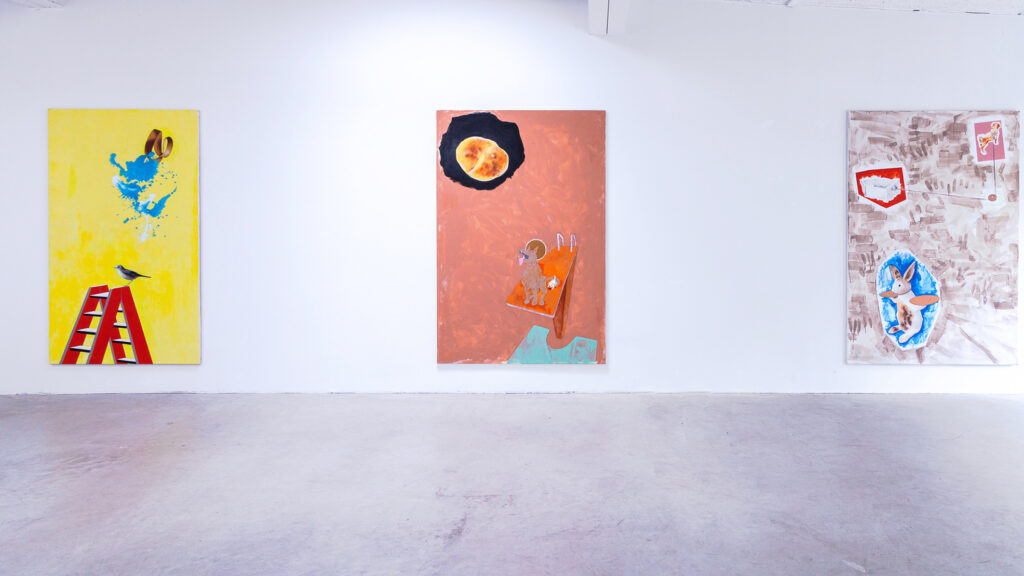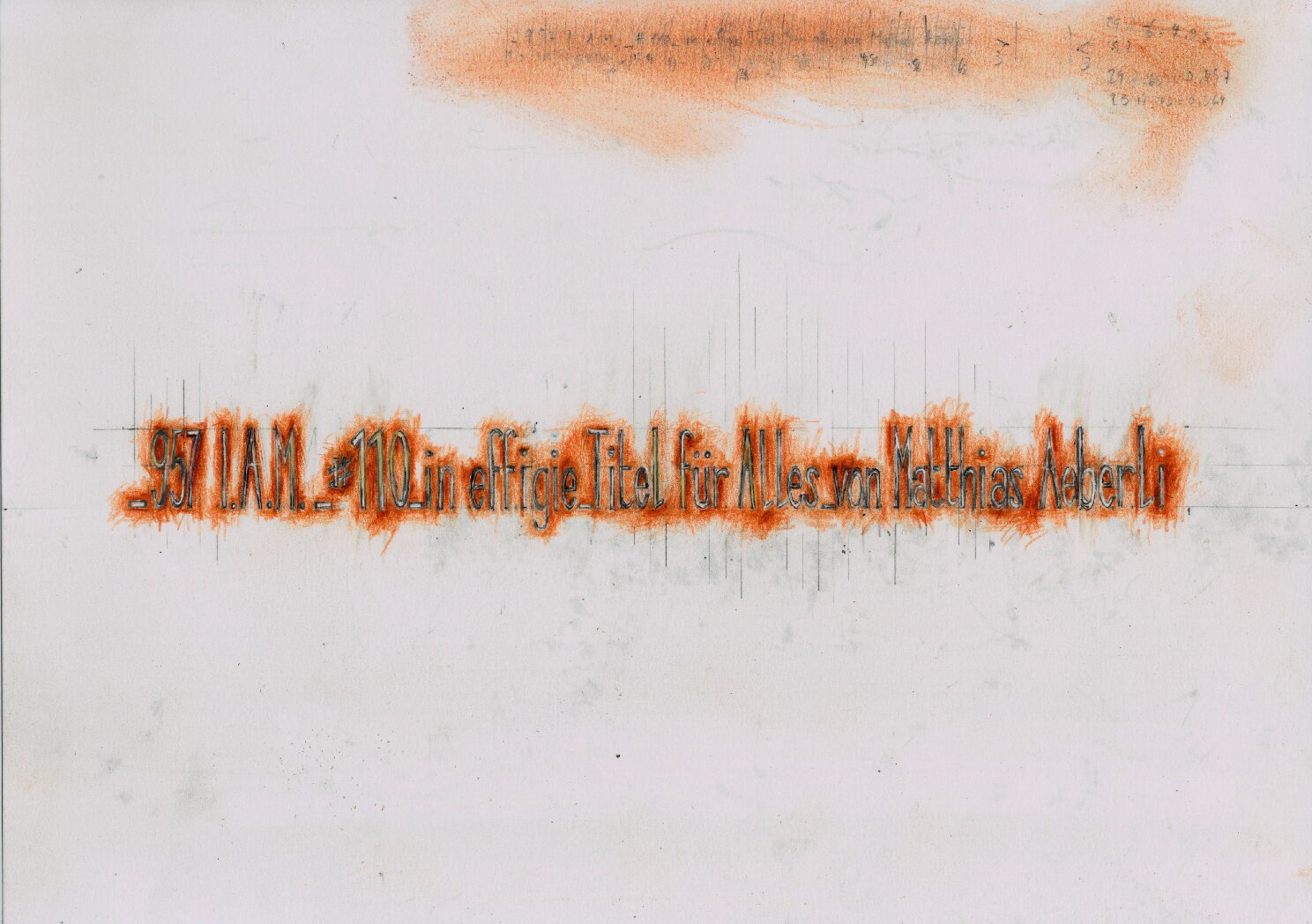- by the way….
Questions and an answer / possibilities and obligation
Art can be incredibly complicated. There are more books about it than a single human could ever read. You can study it, analyse it, describe it and teach it. There seem to be infinite questions, but what about the answer?
You notice just how much you’ve learned in university in the weirdest of moments. When I started my internship, I saw the current exhibition of Matthias Aeberli. „Lies of images“ is one of its titles, and while Viktoria was telling me about the concepts behind it all, I suddenly came to realize that I indeed studied philosophy for 9 semesters: In mere seconds my head was full with the platonic theory of ideas and his dislike of art. Plato didn’t ask himself any of the questions Matthis Aeberli asked himself; for Plato it was clear that art, especially painting, was inherently misleading.
For those of you who did not have the pleasure of studying philosophy for 4 years: Plato differentiates between reality and the ideas. The idea of a table contains every possible shape and form of a table in reality. An image of a painting however looks like a table, but isn’t one. If reality is just an image of an idea, then the painting is the image of an image, so twice as removed from the truth within the ideas. For Plato, this is a game breaker, for me however a very exciting way of looking at art: Is art telling the truth? Does it have to do that? Can art lie at all, and if it does, what if we want to believe its lies? Is there art that doesn’t want to tell us anything?

After I recovered from this chaos of philosophical thoughts, I watched the live stream of the exhibition publication with Matthias Aeberli and Stephan Wittmer. Listening to them was extremely interesting, especially the topic of hierarchical proportion in artworks of the middle ages, in which the important figures of a painting are significantly bigger than the rest. This got me thinking again: Are the art works that were done before the revolution of optical perspective closer to what we call modern art than the classic works of the renaissance? Where lie the priorities of art, is it form or content? Is the perspective in middle age art „wrong“ and in expressionism „knowingly changed as a stylistic device“? Why are we still associating realistic painting with artistic and creative talent?
There are so many questions, all of which are much more fun to explore and discuss than to actually answer. But is that all art can do? Pose deep, complicated questions, which can’t be understood or answered without studying philosophy and art history, without doing an endless amount of reading, without being well versed in art world discourse? I don’t think art is that one-dimensional. While for one person a painting might be an interesting depiction of Platos theory of ideas, for someone else it might just be a pretty painting, which reminds them of their parents dog, whose colors please them, which brings them happiness. And art can do just that: Bring joy through nothing but it’s existence, but also bring up questions that can be discussed, but never have to.


